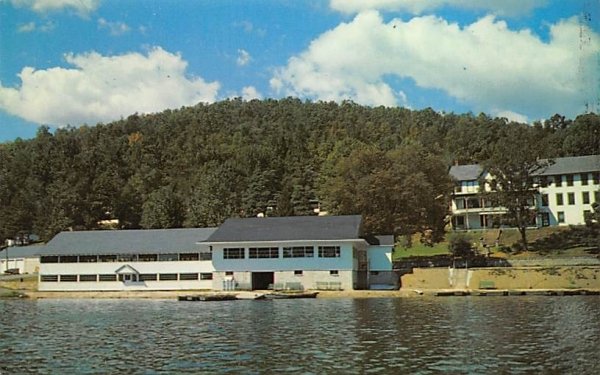Flying High and Staying Safe with Our Expert Advice at Aviamasters
Auto-generated excerpt
Flying High and Staying Safe with Our Expert Advice at Aviamasters
As the world of aviation continues to grow and evolve, it’s essential to prioritize safety while still enjoying the thrill of flight. Whether you’re a seasoned pilot, a frequent flyer, or simply an enthusiast, we’ve got you covered with expert advice from Aviamasters on how to fly high and stay safe.
Choosing the Right Aircraft
With so many options available, selecting the right aircraft can be daunting. Our team at Aviamasters has compiled a list of key factors to consider when making your decision:
- https://aviamasters-app.com/ Type : Consider the type of flying you’ll be doing most often. If you’re just starting out, a single-engine plane may be more suitable for training and smaller airports.
- Capacity : Think about how many people will be on board. Multi-engine planes are better suited for larger groups or those with more complex requirements.
- Maintenance : Research the aircraft’s maintenance history and costs. A well-maintained plane is essential for safe flying.
- Insurance : Check the insurance requirements for your chosen aircraft.
Here’s a table comparing some popular types of aircraft:
| Aircraft Type | Number of Engines | Capacity | Maintenance Costs |
|---|---|---|---|
| Single-Engine Plane (e.g., Cessna 172) | 1 | 2-3 people | Low-Moderate |
| Multi-Engine Plane (e.g., Beechcraft Baron) | 2-4 | 4-6 people | Moderate-High |
Pilot Training and Certification
As a pilot, you’ll need to undergo rigorous training and certification. Our team at Aviamasters can guide you through the process.
- Private Pilot License (PPL) : This is the most basic level of certification for private pilots.
- Commercial Pilot License (CPL) : A step up from PPL, this license requires more hours of flight time and a higher level of proficiency.
- Airline Transport Pilot License (ATPL) : The highest level of certification, requiring extensive experience and training.
Here’s an example of the typical requirements for each license:
| License Type | Hours of Flight Time | Ground School Requirements |
|---|---|---|
| PPL | 40 hours | Basic knowledge test |
| CPL | 250 hours | Instrument rating test |
| ATPL | 1,500 hours | Airline transport pilot written exam |
Safety Protocols and Emergency Procedures
As a responsible pilot, it’s essential to know safety protocols and emergency procedures.
- Pre-Flight Checks : Always conduct thorough pre-flight checks before taking off.
- Emergency Procedures : Familiarize yourself with emergency procedures such as engine failure, medical emergencies, or severe weather conditions.
- Regular Maintenance : Ensure regular maintenance is performed on your aircraft to prevent mechanical issues.
Here’s a list of essential safety equipment to keep on board:
- First aid kit
- Fire extinguisher
- Emergency oxygen supply
- Navigation tools (e.g., GPS, compass)
- Communication devices (e.g., radio, cell phone)
Airline Safety Regulations
As a commercial airline pilot, you’ll need to adhere to strict safety regulations.
- Crew Resource Management : This involves effective communication and decision-making within the cockpit crew.
- Fatigue Management : Regular breaks and rest periods are crucial for preventing pilot fatigue.
- Safety Audits : Regular audits ensure airlines maintain high standards of safety and compliance.
Here’s a table summarizing key airline safety regulations:
| Regulation | Purpose |
|---|---|
| Crew Resource Management | Enhance communication and decision-making within the cockpit crew |
| Fatigue Management | Prevent pilot fatigue through regular breaks and rest periods |
| Safety Audits | Ensure airlines maintain high standards of safety and compliance |
Aviation Industry Resources
Staying up-to-date with industry developments, regulations, and best practices is essential for safe flying.
- Federal Aviation Administration (FAA) : The primary regulatory body in the United States.
- International Civil Aviation Organization (ICAO) : A global organization setting international aviation standards.
- Aviation Associations : Professional organizations such as the Aircraft Owners and Pilots Association (AOPA) offer valuable resources, training, and networking opportunities.
Here’s a list of recommended resources for pilots:
- FAA website
- ICAO publications
- AOPA membership
Conclusion
Flying high and staying safe requires dedication to ongoing education and adherence to strict safety protocols. By following expert advice from Aviamasters, you’ll be well-equipped to navigate the world of aviation with confidence.
Prioritize your safety by:
- Choosing the right aircraft for your needs
- Pursuing rigorous training and certification
- Familiarizing yourself with safety equipment and emergency procedures
- Staying up-to-date with industry developments and regulations





